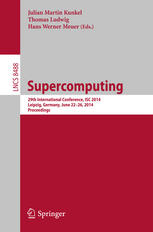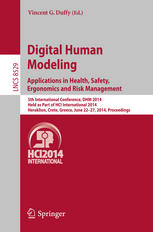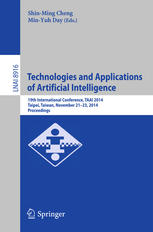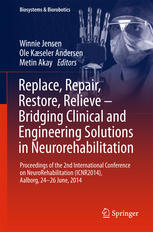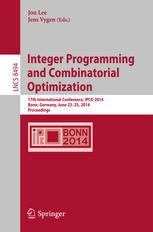Bridging research and good practices towards patients welfare proceedings of the 4th International Conference on Healthcare Ergonomics and Patient Safety HEPS Taipei Taiwan 23 26 June 2014 1st Edition Yuh-Chuan Shih 1315736284 9781315736280
$50.00 Original price was: $50.00.$25.00Current price is: $25.00.
This completed downloadable of Bridging research and good practices towards patients welfare proceedings of the 4th International Conference on Healthcare Ergonomics and Patient Safety HEPS Taipei Taiwan 23 26 June 2014 1st Edition Yuh-Chuan Shih
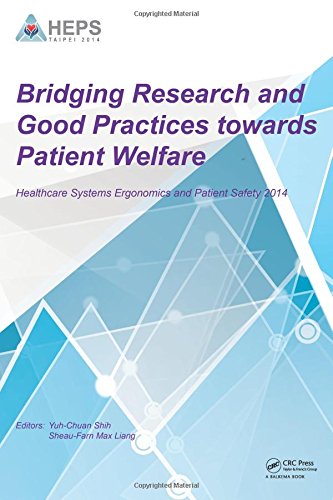
Instant downloaded Bridging research and good practices towards patients welfare proceedings of the 4th International Conference on Healthcare Ergonomics and Patient Safety HEPS Taipei Taiwan 23 26 June 2014 1st Edition Yuh-Chuan Shih pdf docx epub after payment.
Product details:
- ISBN 10: 1315736284
- ISBN 13: 9781315736280
- Author: Yuh-Chuan Shih
Ergonomics is a human-centered discipline. This is particularly true for healthcare systems and patient safety where the human‘s well-being will undergo critical impacts if solutions are not properly designed and practiced. Effective handling of these concerns involves knowledge from healthcare work (e.g., shift work, patient handling, and medical
Table of contents:
- Preface by Dr. Mao-Jiun J.Wang
- Preface by Wen-Ko Chiou
- Part A: Aging and healthcare system
- The “Art of Aging” from an ergonomics point of view
- Attention performance in elderly people in complex visual environment
- The incident reporting systems and organizational learning in Indonesian public hospitals
- What can Indonesia learn from Taiwan’s successful patient-safety reporting system?
- The influence of age and object form on the motivation of haptic
- Comparison of public health care system between Taiwan and Japan – Focusing on long-term oxyge
- Five Qualities (5Qs) and ergonomic approach – “Towards improved patient safety, medical and
- Part B: Healthcare, mobile application and usability
- How do you support breast cancer patients on work-treatment balance?
- Patient safety in the home: Examining the relationship between therapeutic self-care and adverse eve
- Designing user interfaces of a handheld device for physical therapists
- A scoliosis survey in children with overweight at age of 6 to 13 years old
- A review of the effect on postural stability while using mobile phone
- A heuristic evaluation on the usability of health information websites
- Investigation on lifestyle factors that influence obesity of adult workers
- Evaluation of the accuracy of mobile healthcare applications
- Part C: Safety, hazards and MSDs
- Importance of occupational hazards in nurses MSD symptoms
- The survey of sharps injuries by unsealing the neck of ampoule and safety tool design
- Effect of different wrist positions on median nerve cross-sectional area at proximal carpal tunnel
- Relationships of musculoskeletal disorder symptoms and perceived workload among hospital workers
- A survey study on musculoskeletal pain: Prevalence, regional distribution and risk factors among Ind
- Risk factors for musculoskeletal disorders in healthcare professionals: A systematic review
- Factors affecting the perceived slipperiness rating
- An integrated programme to promote safe surgery best practices in Italian hospitals
- Consideration of occupational stressors that influence senses of satisfaction at work in Japan
- Part D: Simulation, modeling and decision making
- Integration of biophysiological information with a point-of care decision support system to promote
- Simulation study on the impact of working time systems on the work-life balance of employees in a ho
- Application of a modified SIR-based model-case of H1N1 in Taiwan
- A computer-aided system to categorize characteristics of children with special needs
- Simulation-based optimization method for operation scheduling using combined heuristics rules
- Finding significant factors for readiness of ISO 9001 implementation in a health care system
- Optimizing surgery schedule with PICU nursing constraints
- New mathematical models for vector-borne disease: Transmission of tomato spotted wilt virus
- Medical device training classification system
- Part E: Environment and system design
- An experience and evaluation of objective structured clinical examination in nursing education at Ka
- Retained Surgical Instruments: Using technology for prevention and detection
- Holistic enhancement in hip surgery by design
- Establishment of a checklist for triaging STEMI patients in the emergency department
- Examined the CCT 4000K lighting environment on visual fatigue during working
- Facilitating teamwork in orthopaedic surgery by design
- Classification of soothing music using Fuzzy C-Means clustering algorithm
- A tangible user interface of map for hospital wayfinding
- Part F: Human factors and product design
- A user centered design approach for minimal invasive surgery
- The study of anthropometry of Indonesian infant age 0–2 years in Jakarta
- Effects of virtual scene parameters on shoulder joint motor performance during throwing movement
- Fitting pressure garments analysis for burn victim’s scars
- Assessment of range of joint motion using Kinect
- Synchronizing the arm-speed of toothbrushing with sounds of differing tempos
- The anthropometric data for Taiwanese female military personnel
People also search:
bridging the gap meaning in research
bridging the gap between research and practice implementation science
bridging the gap between research and clinical practice
bridging the gap between research and practice nursing
what is bridging the gap in research
You may also like…
Computers - Computer Science
Computers - Computer Science
Computers - Computer Science





